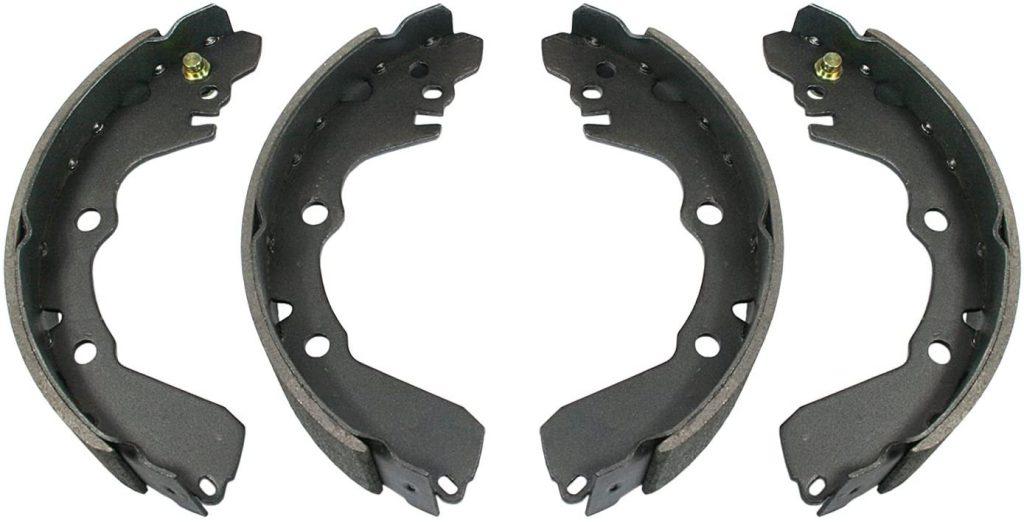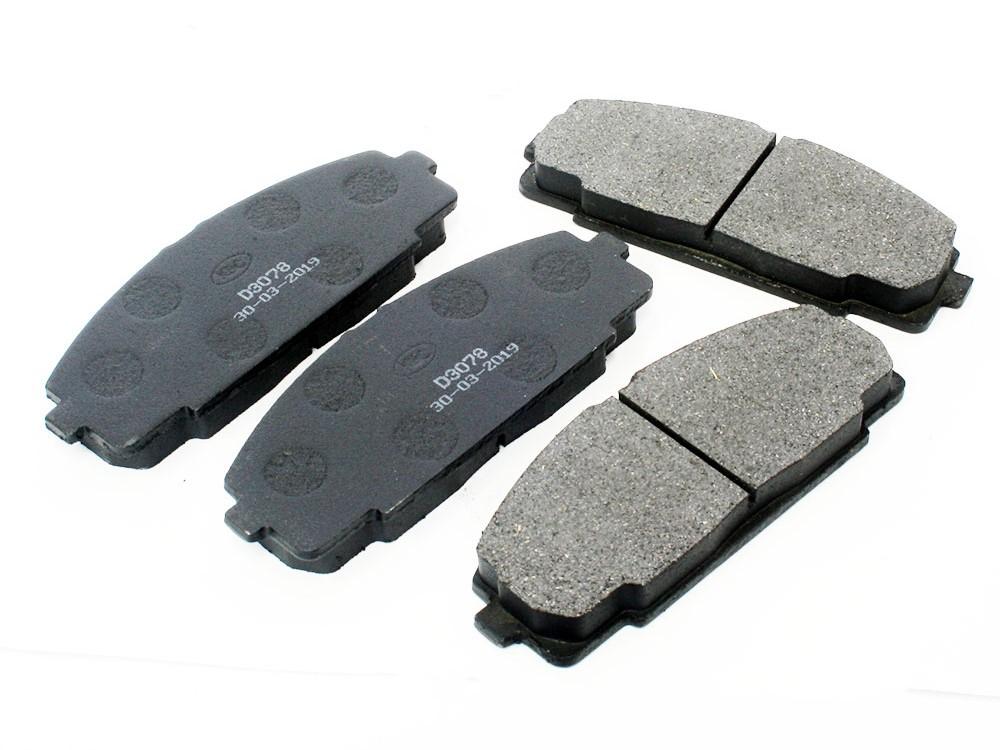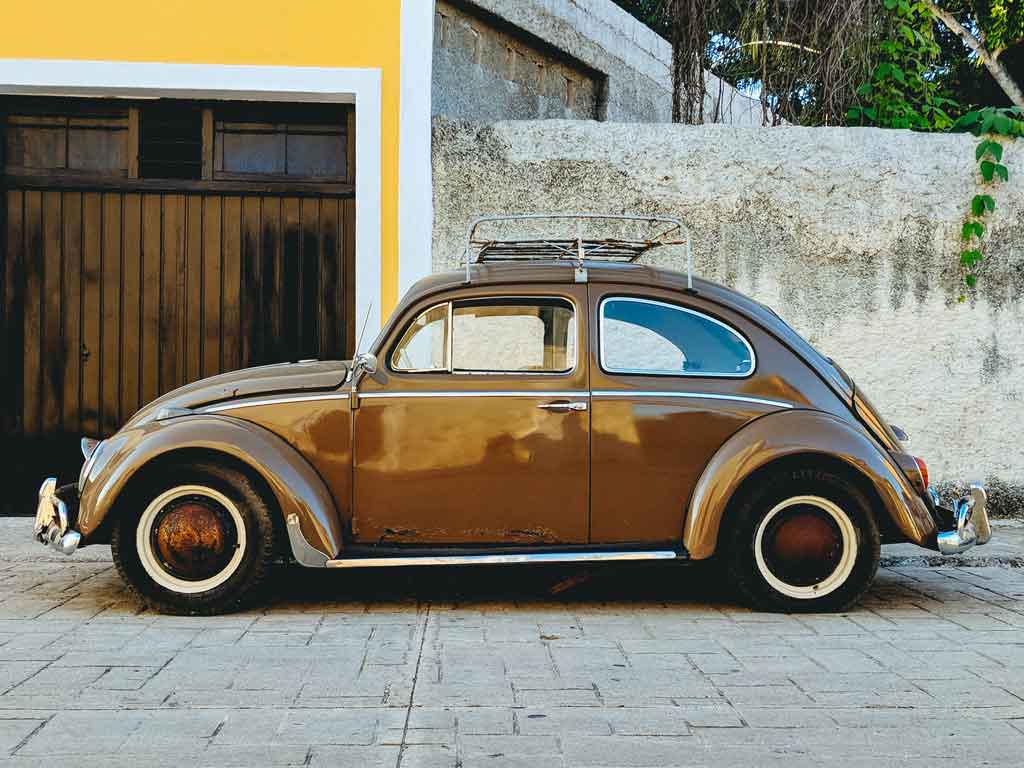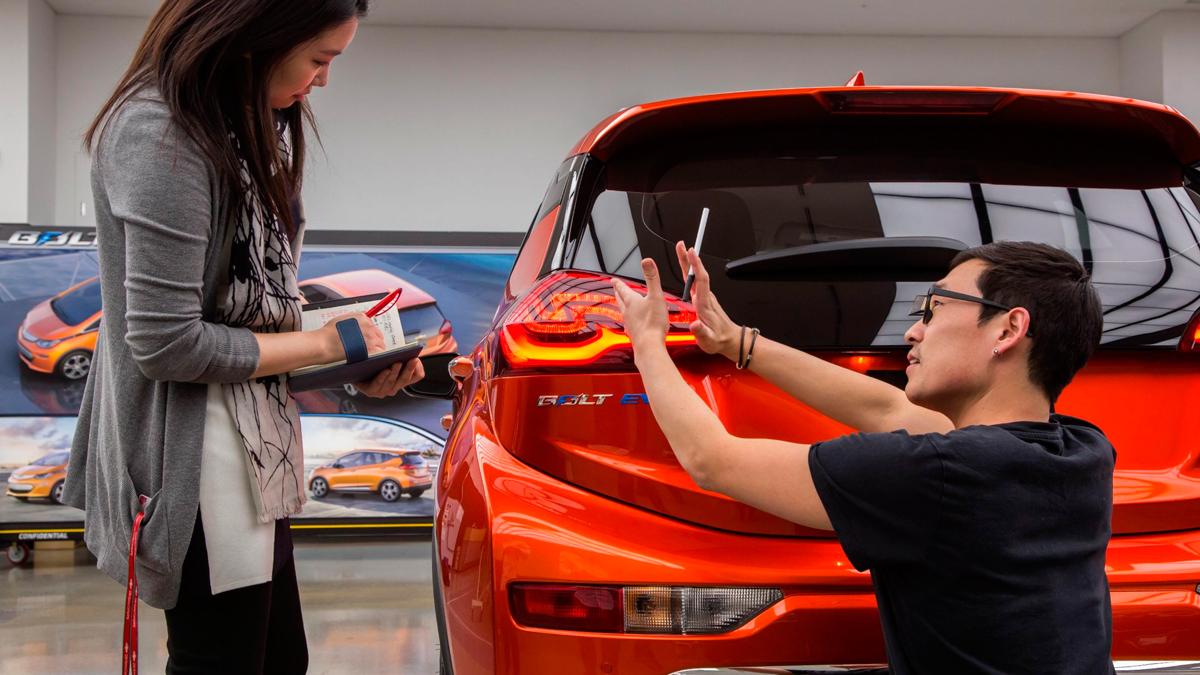The Differences Between Brake Shoes vs Brake Pads
All automobiles have a braking system, which contains either brake shoes or pads. Depending on the type of vehicle, it may have a drum or disc brake system.
Brake shoes are a part of the drum brake, while pads belong to the disc brake. Is there any disparity between brake shoes vs brake pads?
Basically, both these components do the same thing—slowing down and stopping a vehicle—although their design and working mechanism are slightly different from each other. We’re going to discuss how they differ while doing the same thing.
Brake Shoes vs Brake Pads: The Differences
In a disc brake, the pads exert pressure on the rotor (a rotating disc) to slow down the vehicle and stop it. The brake shoes do the same job in a drum brake, but by applying pressure on a cylindrical rotating unit.
Modern vehicles have a disc braking system, while the brake shoes are a part of old vehicles.
Drum brakes have been used since the invention of automobiles, but the disc system was a later invention, making its debut toward the end of the nineteenth century.
The main points of difference between brake pads and shoes are:
Placement
The front-wheel axle is the place where the brake pads lodge. But brake shoes are placed in the rear axle, so you will never find a drum brake in a front-wheel-drive car.
In fact, disc brakes can be found in four-wheel-drive vehicles too (where each of the four wheels uses a disc brake) but you will never find drum brakes in a front-wheel-drive car.

Efficiency
Brake pads are better than brake shoes for stopping a vehicle because they are more heat-resistant and keep frictions away from the disc. They respond well in tricky conditions, like wet and snowy surfaces.
Brake pads are more heat resistant, which makes them perfect for the front axle of vehicles. Because of this, brake pads have a longer lifespan than brake shoes.
Replacing the brake pads is easier than brake shoes. Anyone with general mechanical knowledge can change the defected pads at home.
Durability
Both the pads and shoes are made of steel with one side having a layer of frictional material.
However, brake pads last longer than brake shoes because of their excellent resistance to heat. The brake shoes have one advantage though, as they can be recycled.

Cost
The only downside of the pads in this brake shoes vs brake pads comparison is the cost.
Brake shoes are less expensive because they are recyclable into new shoes or other automotive parts. A new brake pad costs almost half as much as a new brake pad.
Remember that you cannot use both drum and disc braking systems together in a vehicle.
So, if you want to buy a second-hand vehicle, don’t forget to inquire about the braking system. You may not want to deal with the less efficient and less durable brake shoes.
SEE MORE:
FAQs on Brake Shoes vs Brake Pads
1. Can brake shoes and brake pads be used interchangeably in any vehicle?
No, brake shoes and brake pads serve similar functions in different types of braking systems and cannot be used interchangeably.
Brake shoes are designed for drum brake systems, while brake pads are used in disc brake systems.
Each component is engineered to fit and function within its specific system, and using them in the wrong context would not be possible due to differences in design and mechanism.
2. How does the material composition of brake shoes and pads differ, and why?
The material composition of brake shoes and pads can vary widely, but generally, brake pads may use a greater variety of materials, including ceramic, metallic, and organic compounds, to meet the diverse demands of modern disc braking systems.
Brake shoes typically use a friction material bonded or riveted to a metal backing, often designed for the lower heat levels and different wear characteristics of drum brakes.
The choice of material affects performance characteristics like noise, dust production, lifespan, and stopping power.
3. Why do brake shoes tend to last longer than brake pads?
Brake shoes usually last longer than brake pads because drum brakes are often only used on the rear wheels and share less of the vehicle’s braking load compared to the front brakes, where pads in disc brakes are commonly installed.
The rear brakes handle a smaller portion of the braking force, leading to slower wear on the brake shoes.
Additionally, the design of drum brakes can be more efficient in utilizing the friction material, extending the lifespan of brake shoes.
4. Is there a difference in the maintenance needs between brake shoes and pads?
Yes, the maintenance needs can differ due to the distinct designs of drum and disc brake systems.
Brake pads may require more frequent inspection and replacement due to their role in the higher-stress environment of disc braking systems, especially on the front wheels.
Brake shoes, on the other hand, might need less frequent replacement but could require adjustments and cleaning to remove brake dust and ensure smooth operation of the drum brake mechanism.
5. How do weather and driving conditions affect the wear of brake shoes versus brake pads?
Both brake shoes and pads can be affected by weather and driving conditions, but the impact can vary due to their operational environments.
For example, brake pads, particularly in high-performance or heavy vehicles, may experience more rapid wear in conditions requiring frequent or aggressive braking, which generates more heat.
Conversely, brake shoes, enclosed within the drum, might be less directly affected by external weather conditions but could still experience wear from factors like moisture absorption in the lining material or corrosion of the drum mechanism.
6. Can the performance of brake shoes affect that of brake pads, or vice versa?
While brake shoes and pads operate independently within their respective systems, their overall condition can indirectly affect vehicle braking performance.
For vehicles that use drum brakes on the rear and disc brakes on the front, well-maintained brake shoes are crucial for balanced braking and stability, especially during sudden stops.
Poorly maintained or worn-out brake components on either end can lead to decreased braking efficiency and increased stopping distances.
Check out this video from Donut to learn how to choose the right Brake Pad for your car!
Understanding these less commonly discussed aspects of brake shoes vs brake pads will help you understand the importance of appropriate maintenance and component selection to ensure safety!














